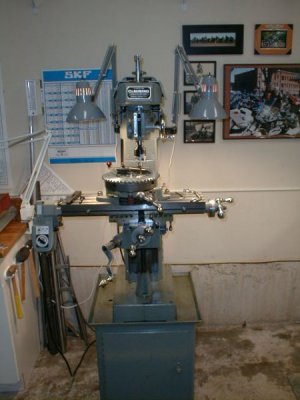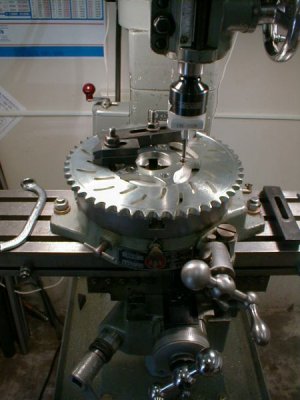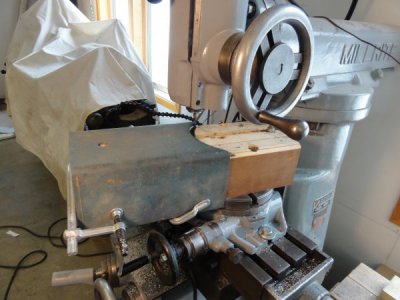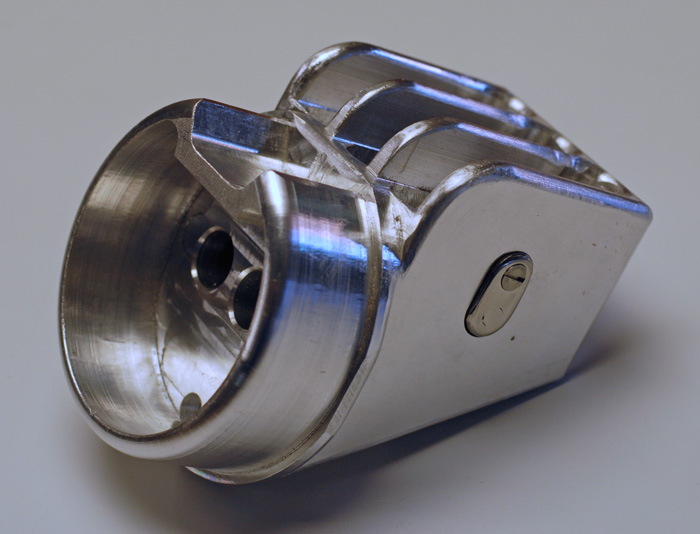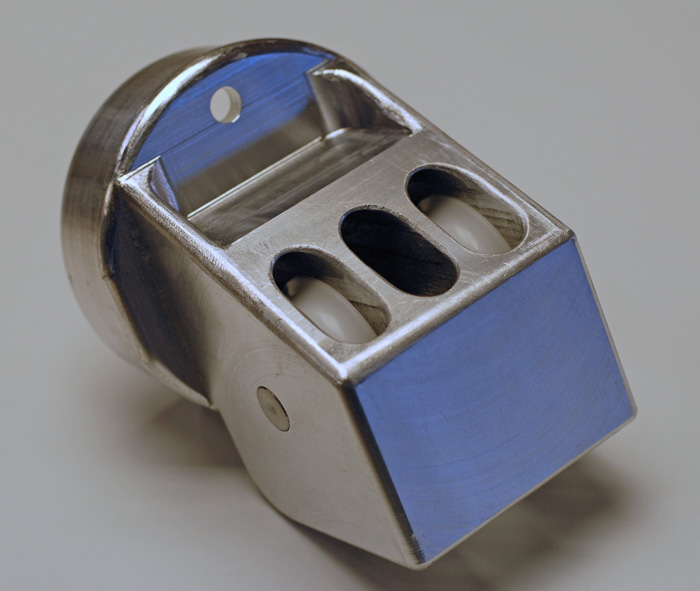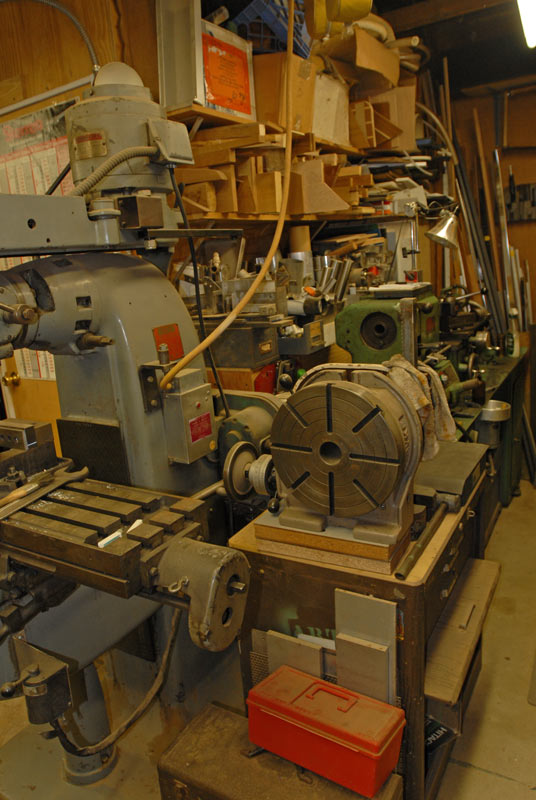- Joined
- Apr 14, 2014
- Messages
- 3,140
Spindle nose to table clearance on my Bridgeport BR2J is 18 1/2". I've been close a few times, but always able to get the part milled. If it was just an inch shorter it might have made the difference between working and not working.


